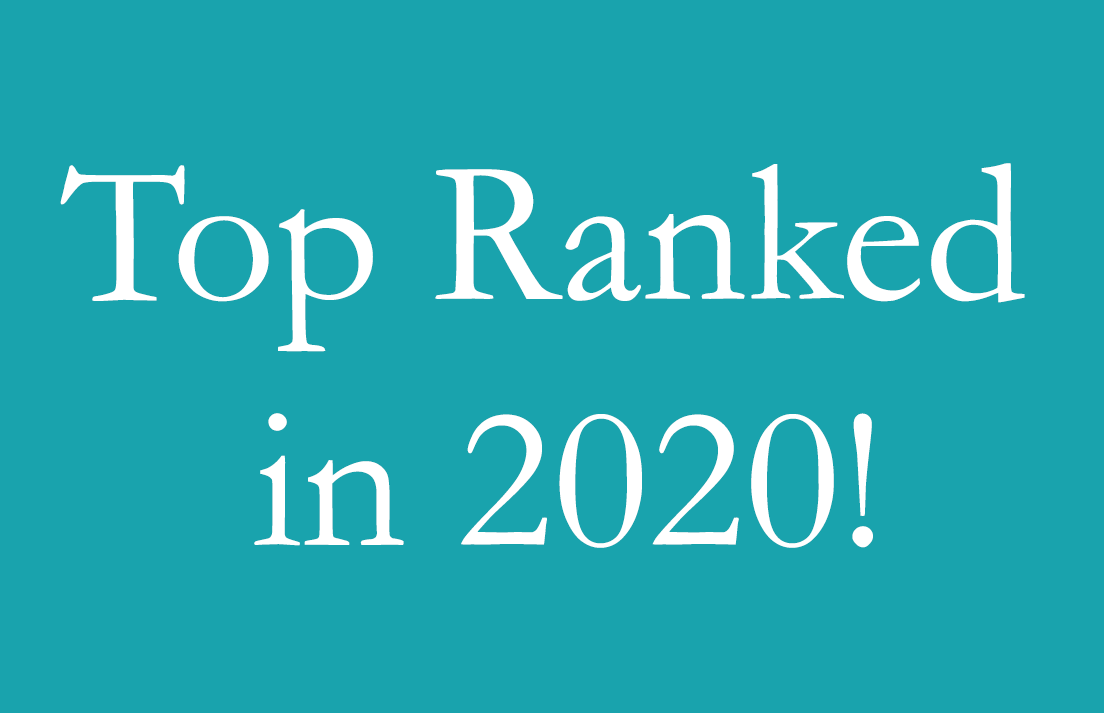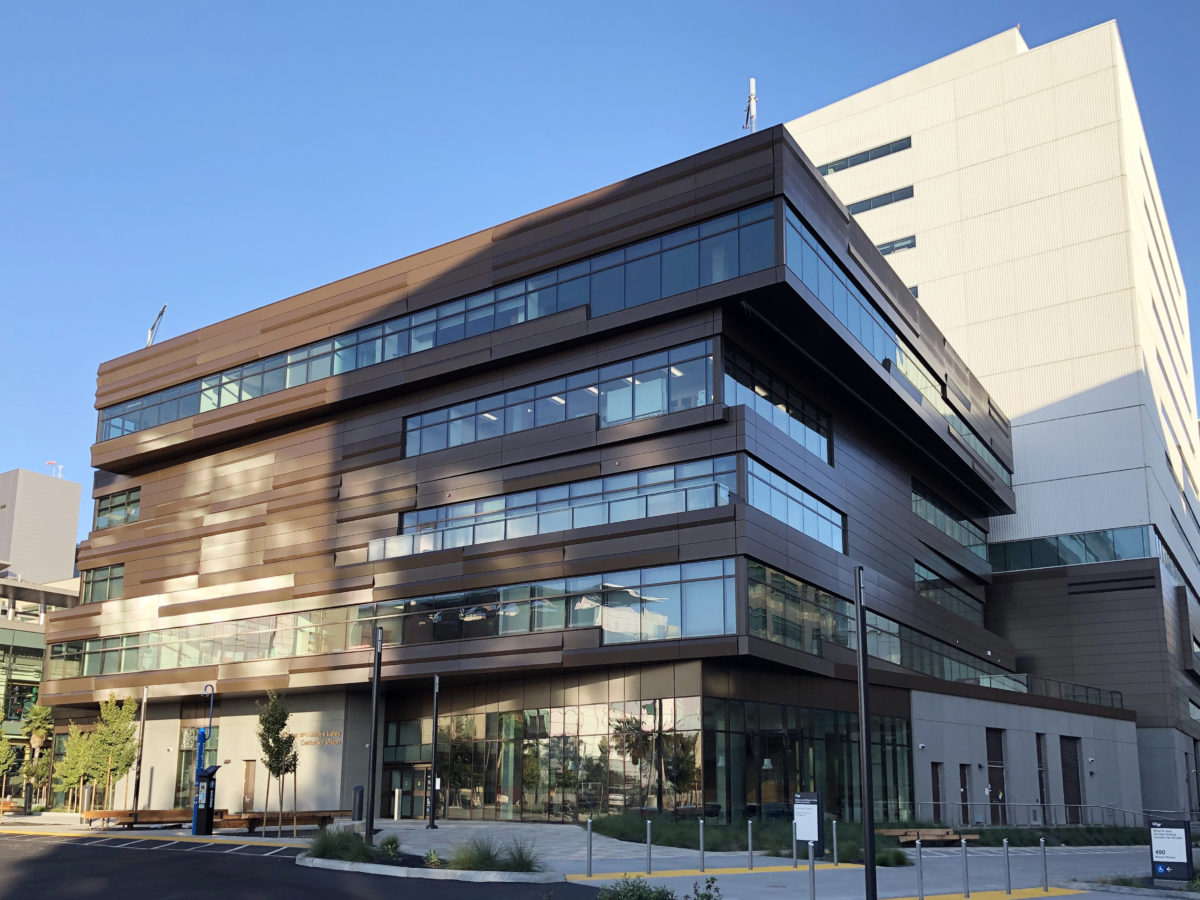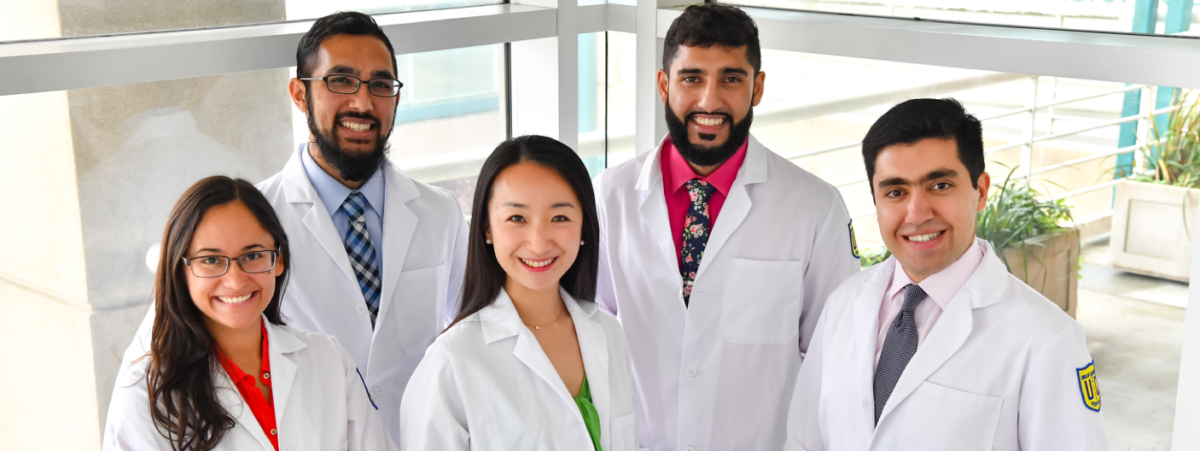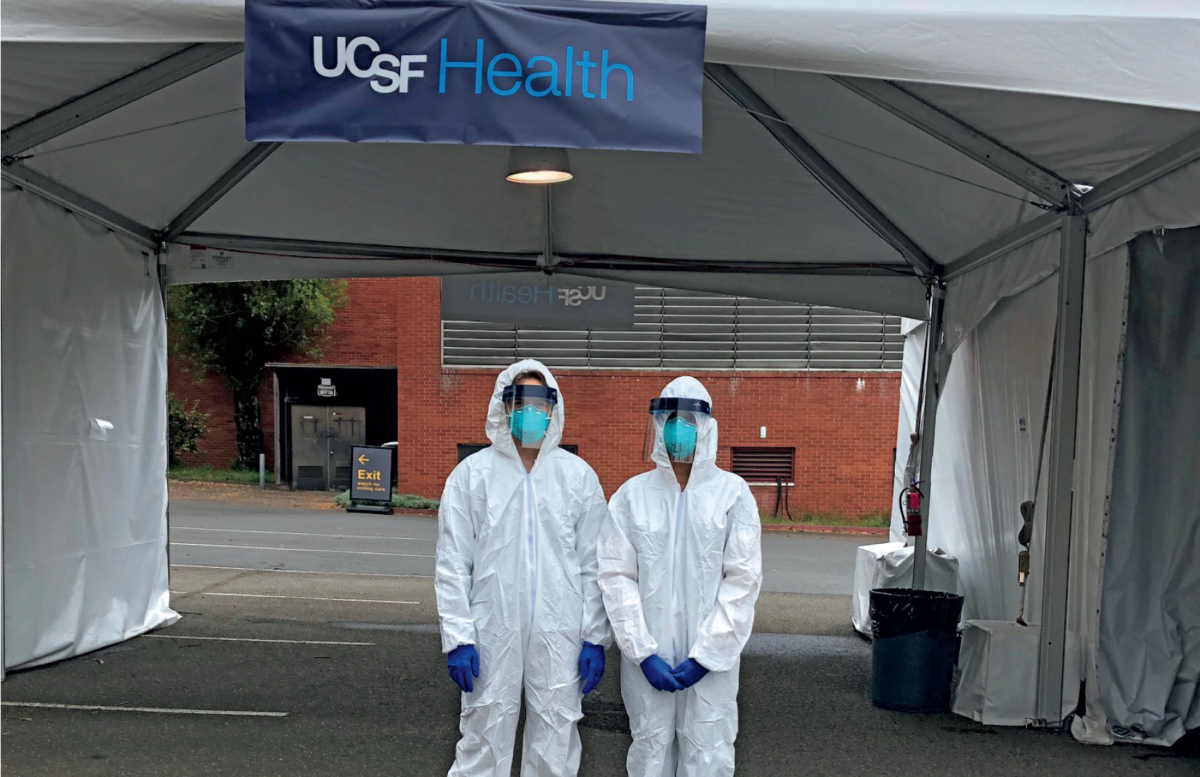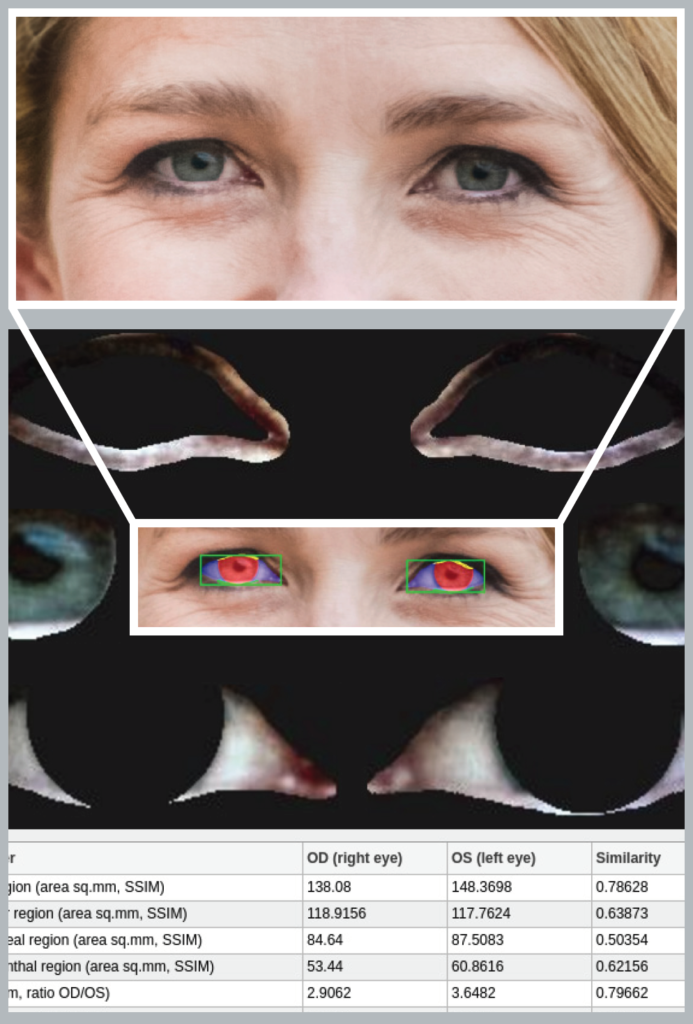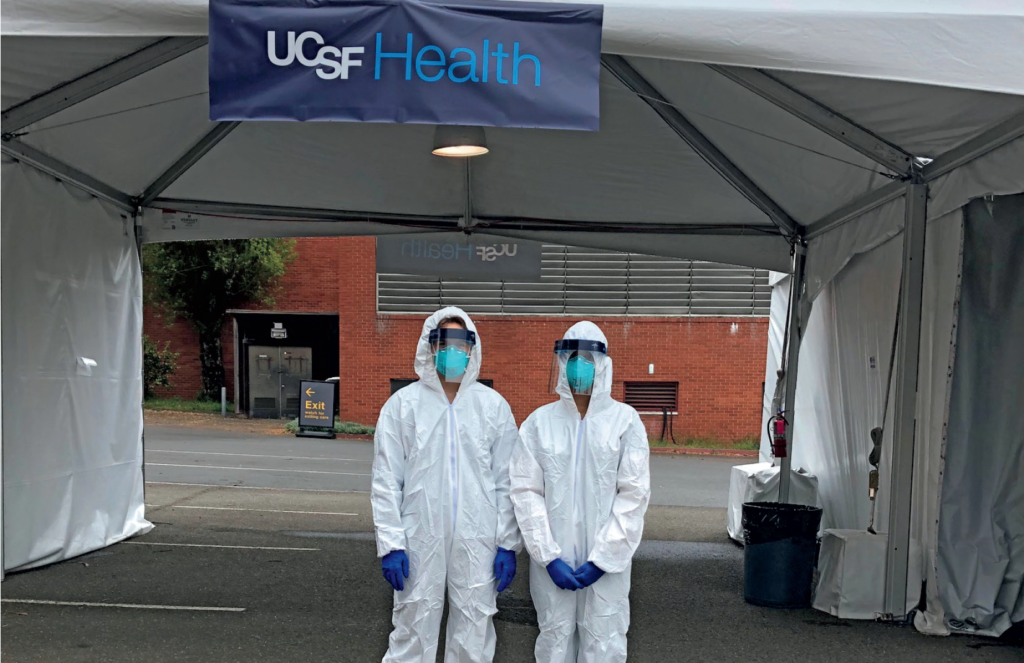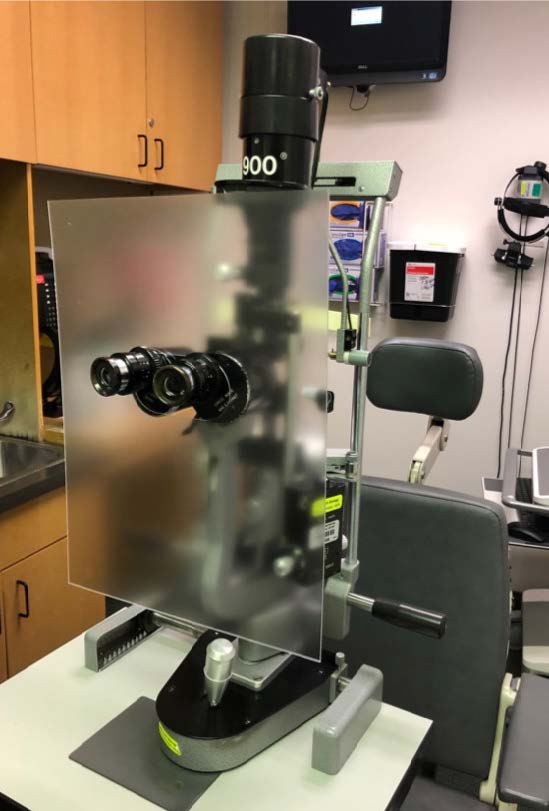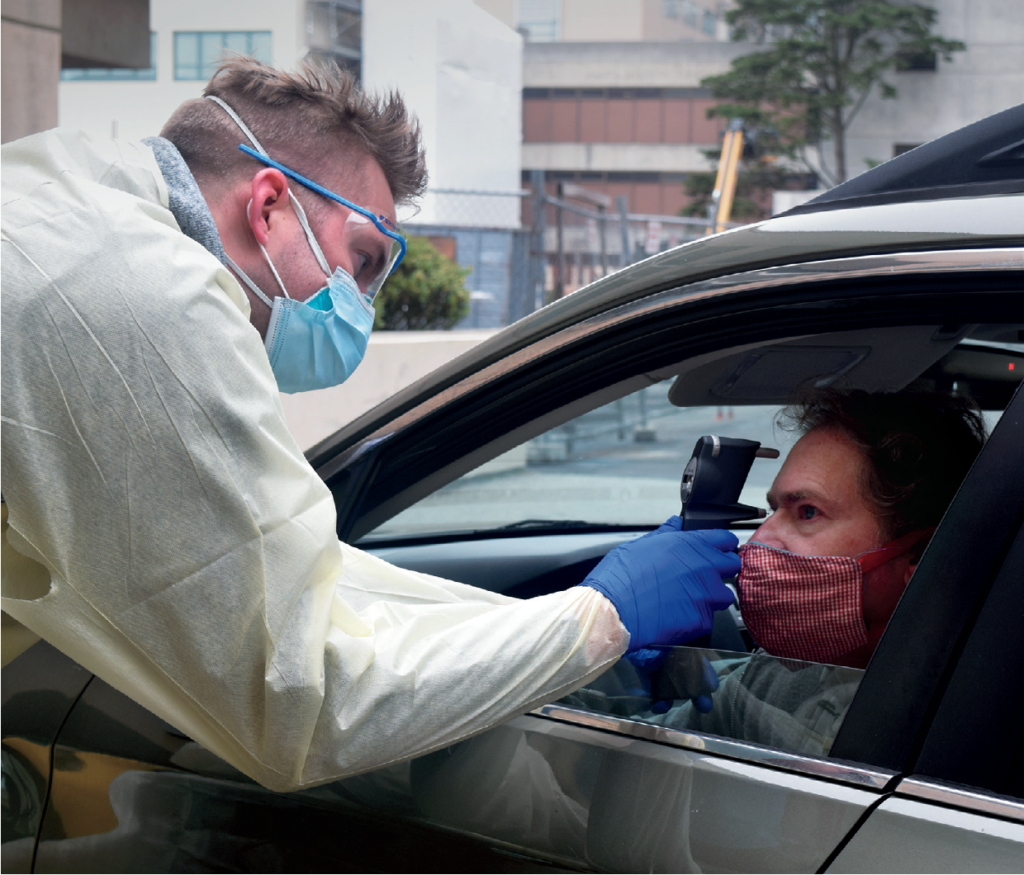This year we ranked #2 for NIH awards to Departments of Ophthalmology nationwide and #1 for research grant awards from the NIH National Eye Institute. We also continued to be ranked in the top 10 Departments of Ophthalmology nationwide by the 2020 US News and World Report. Twenty-two vision scientists in the Department of Ophthalmology and Proctor Foundation currently serve as principal investigators for 33 grants awarded by the US National Institutes of Health. In the past several years, the merit of UCSF faculty research is also reflected in the annual publication of more than 200 peer-reviewed articles in prestigious journals including The New England Journal of Medicine, Nature Genetics, Neuron, Ophthalmology, and Proceedings of the National Academy of Sciences. These insights and successes bring us closer to a world with sight for all. We are proud of our Principal Investigators with active NIH Research Grants and New Awards!
